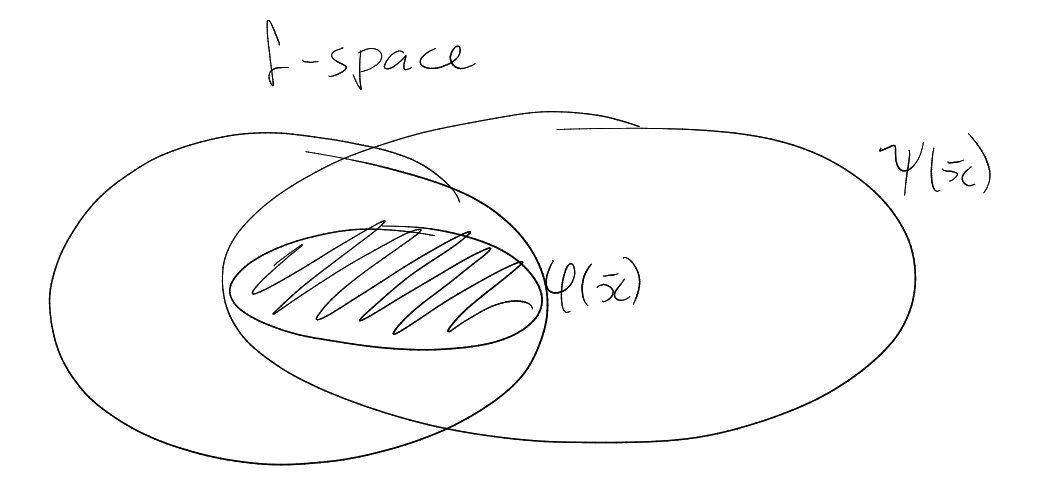Proof.
(i)
(ii): Obvious.
(ii)
(iii): Assume
isolates .
Fix an -formula
.
We want to show .
So suppose .
Then .
So ,
hence .
(iii)
(ii): By assumption, for every -formula
we have ,
.
Thus if ,
.
So ,
so ,
so .
□
Proof.
Let ,
with
a countably infinite set of new constants.
An -theory
has the witness property if for any -formula
there is a constant
such that .
Fact: Suppose
is a complete, satisfiable -theory
with the witness property.
Define
on such
that if and
only if . Let
, and define an
-structure
on such
that:
-
-
if
and only if
-
.
Then is a well-defined
-structure
and .
Note we have
if and only if .
We call the
Henkin model of .
Fix
non-isolated.
Aim: build a complete, satisfiable -theory
, with
the witness property, .
Such that for all
there is some such
that . Then the
Henkin model of
omits .
Enumerate all the -sentences
and all
. We build a
satisfiable -theory
such
that
-
(0)
for all .
-
(0)
(Completeness): Either
or .
-
(0)
(Witnessing property): If
is
for some
and
then
for some .
(check this does ensure the witness property).
-
(0)
(Omit ):
for some .
Let be
, and suppose
we have .
Case 1: for
some .
If is satisfiable
then .
Otherwise .
So is
satisfiable by construction.
Case 2: for
some .
Suppose is
for some
an
-formula, and
(otherwise,
let ).
Choose a
not used in .
Let be
.
Exercise: check
is satisfiable.
Case 3: for
some .
Let . Without loss of
generality assume
not used in . We
build an -formula
as follows:
-
Replace
by
().
-
Replace any
by new variables
and add
to the front.
Then doesn’t
isolated .
By Proposition 16.2, there is some
with
Let be
. Check
is
satisfiable.
TODO □

